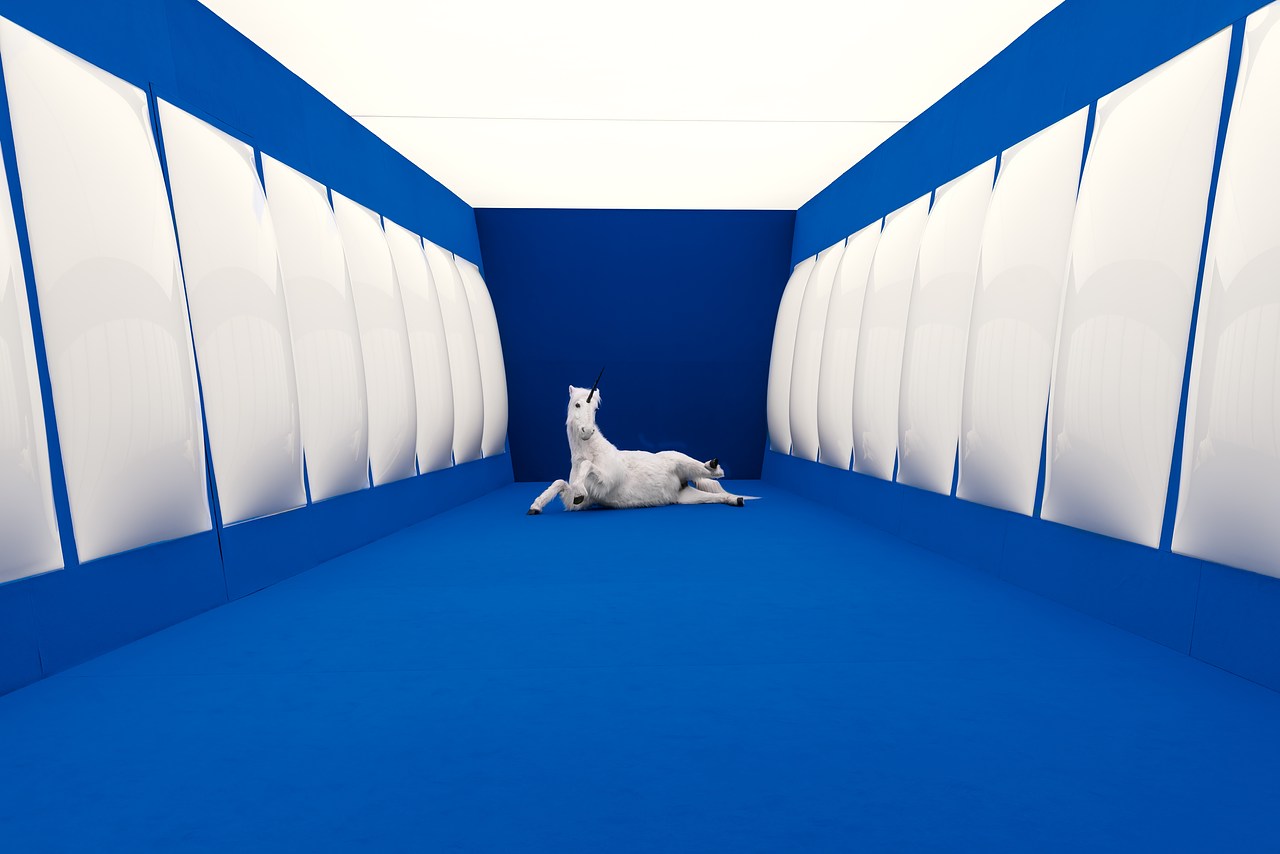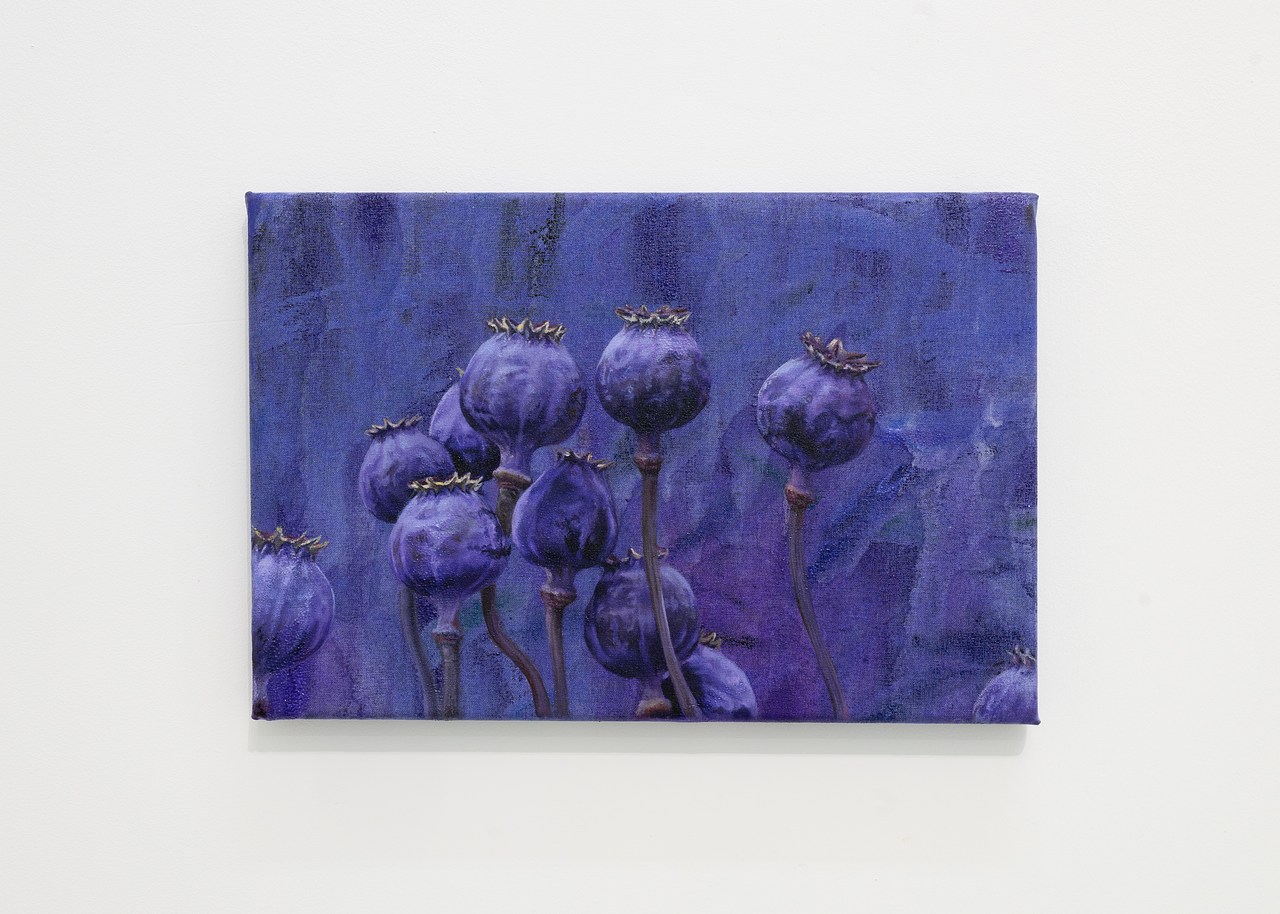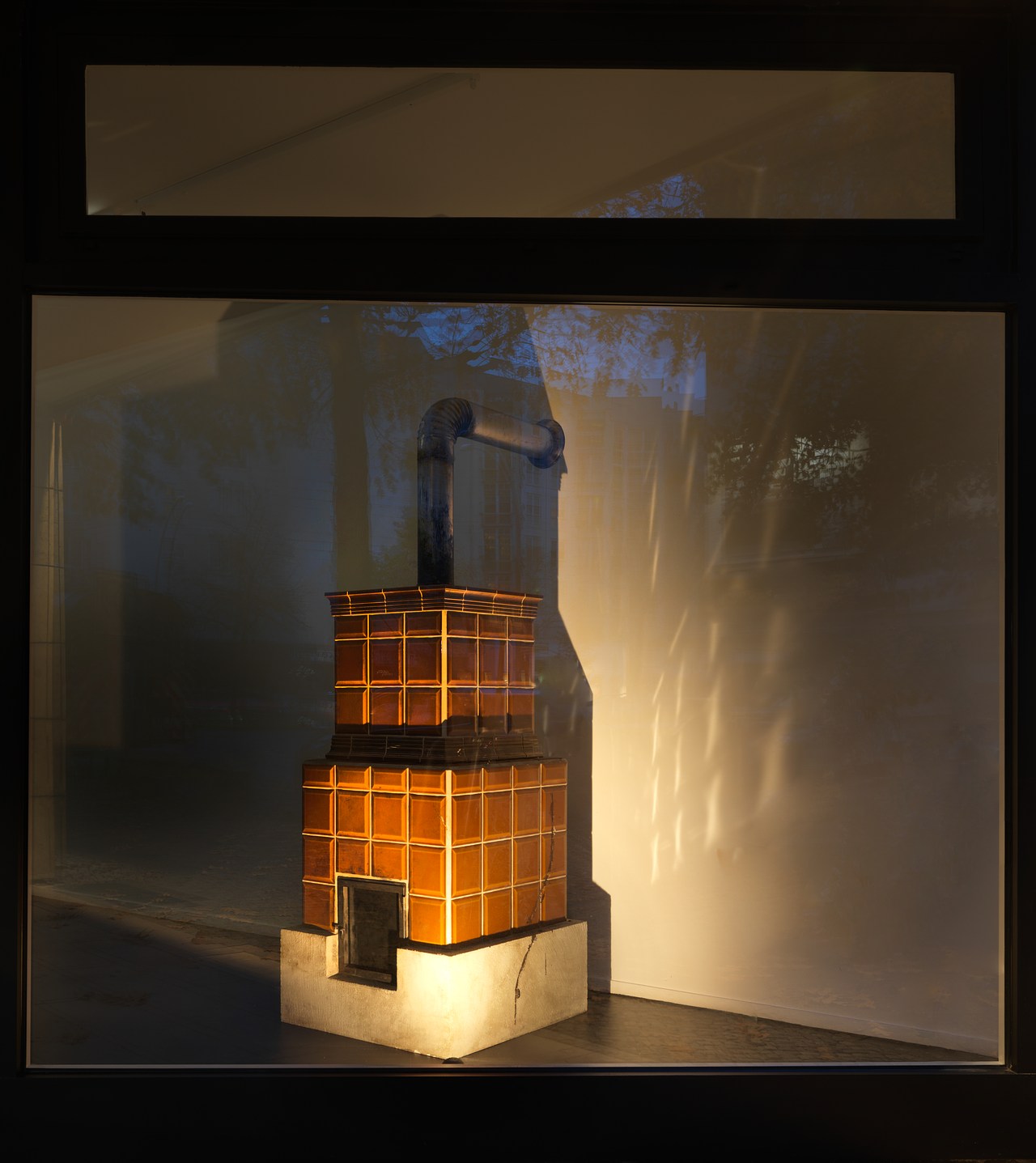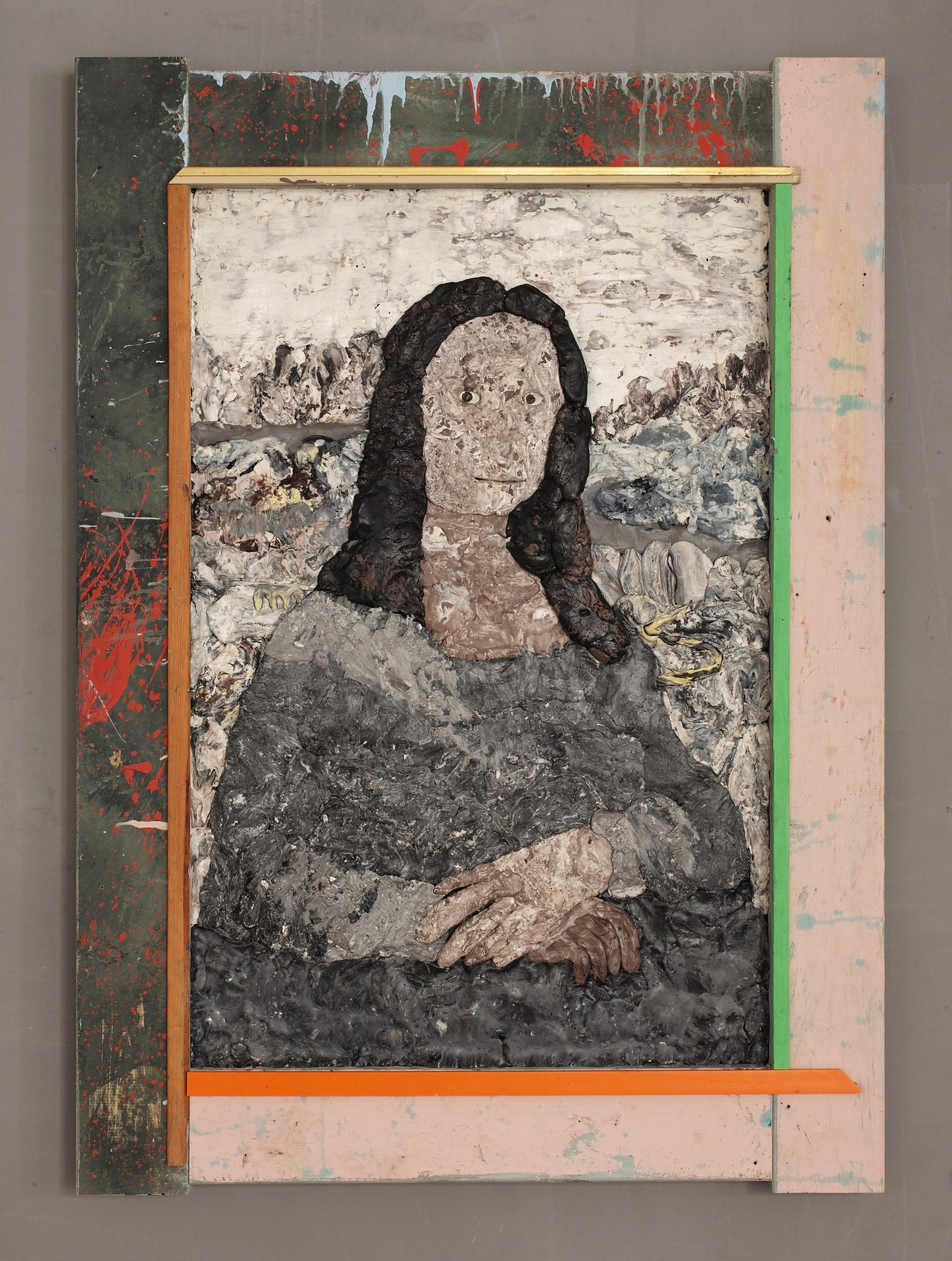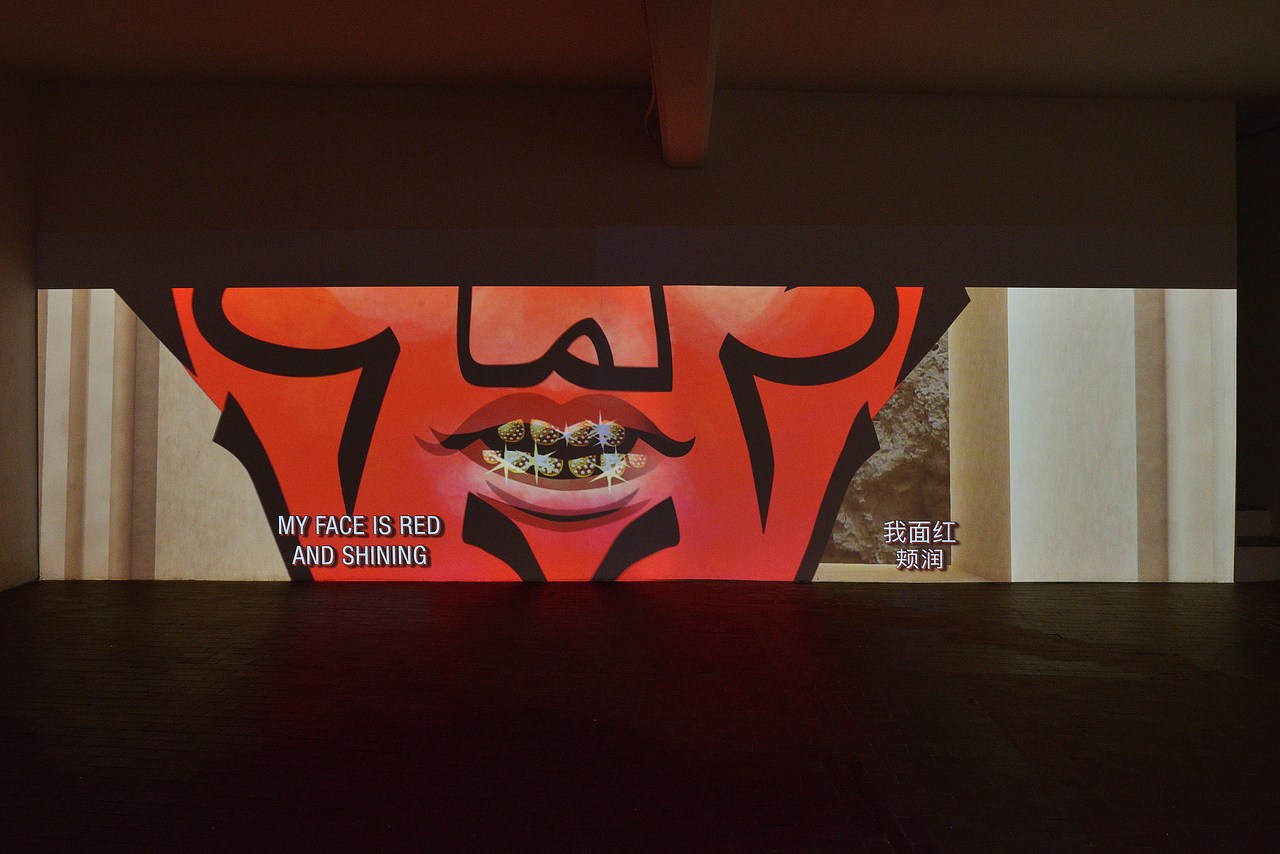7 min read
Pre-newspaper times
Even though the printing press was introduced to England in 1476, it was only in the 16th century that printed news took off, and even then, at a very slow pace, due to the necessity of town criers to provide them, stemming from the illiteracy of the general population. Early forms of printed news varied from printed news books to news pamphlets and usually related information pertaining to a singular event (e.g., battles, disasters or public celebrations). The earliest record of such a pamphlet details an eyewitness account of the Battle of Flodden (1513) between the English and the Scots, where the former were victorious. However, the Tudors kept strict control over the dissemination of news, preferring its delivery from church pulpits. Furthermore, by the 1500s, all printing matters were reserved to royal jurisdiction. King Henry VIII (r.1509-1547) issued a list of proscribed books in 1529. Nine years later he proclaimed that books needed to be examined and licensed by the Privy Council, or its deputies, to be published and did not allow for any unlicensed books to be published. Mary I (r.1553-1558) provided the Stationers’ Company, a guild of stationers tasked with handling the trade of books and related activities, with a charter in 1557. As a result of this charter, the Company now held the right to find and seize unlawful or pirated works. The Stationers’ Company was given further measures of control and licensing during the reign of Elizabeth I (r. 1558-1603) due, in part, to concerns over the circulations of material which attacked or undermined the queen’s religious settlement of 1559.
Engraving of the Star Chamber, published in “Old and new London” in 1873, taken from a drawing made in 1836
The Star Chamber, a court consisting of judges and privy councillors, supplementary to common-law courts, thus put forth a decree in 1586, in which print trade became heavily regulated and the publication of news was wholly forbidden. This decree restricted printing to only London, with the exception of two other printing presses, one at the University of Cambridge and one at the University of Oxford. A petition for the recognition of a press was put forth to Elizabeth I, two years earlier, by Robert Dudley, Earl of Leicester and Chancellor of the University of Oxford. The decree granted the University one printer and printing press.
The need for news
Considering the strict control over printed content in England, the first newspapers to be printed in English were called corantos, published in Amsterdam around 1620 and smuggled into England. A group of London publishers and printers began circulating printed sheets with news in this style shortly after, and one of them, Thomas Archer, was even jailed for printing corantos without permission. In 1621, a translated version of a Dutch coranto called Corante, or, newes from Italy, Germany, Hungarie, Spaine and France was published. The content of this work contained no information on national news, but rather happenings around Europe, with a focus on the Thirty Years War. The Thirty Years War became a widespread media phenomenon and it ultimately led to the suspension of news publications between 1632 and 1638, by order of the Star Chamber, due to complaints of unfair coverage from Spanish and Austrian diplomats.
England at this time was ruled by Charles I (r. 1625-49), who believed in the divine right of kings, meaning that no one but God could overrule him. For 11 years he led England under Personal Rule, having dissolved Parliament and ruled by decree. In February 1640 he had no choice but to summon Parliament (also known as Short Parliament), as he needed funds to finance the Bishops’ Wars in Scotland. However, he dissolved it after only three weeks, as Parliament was more concerned about addressing numerous grievances they had with him. After losing the poorly funded Bishops’ War, Charles I had no choice but to recall Parliament for a second time (Long Parliament). In 1641, the Star Chamber was abolished by the Parliament, with the passing of the Habeas Corpus Act of 1640. Without copyright laws being enforced, media was freer than ever without restrictions, and there was a high demand for news to keep up with the events of the Civil War. Both pro-Royalist and pro-Parliamentarian publications were printed to drum up support from the public on each side.






